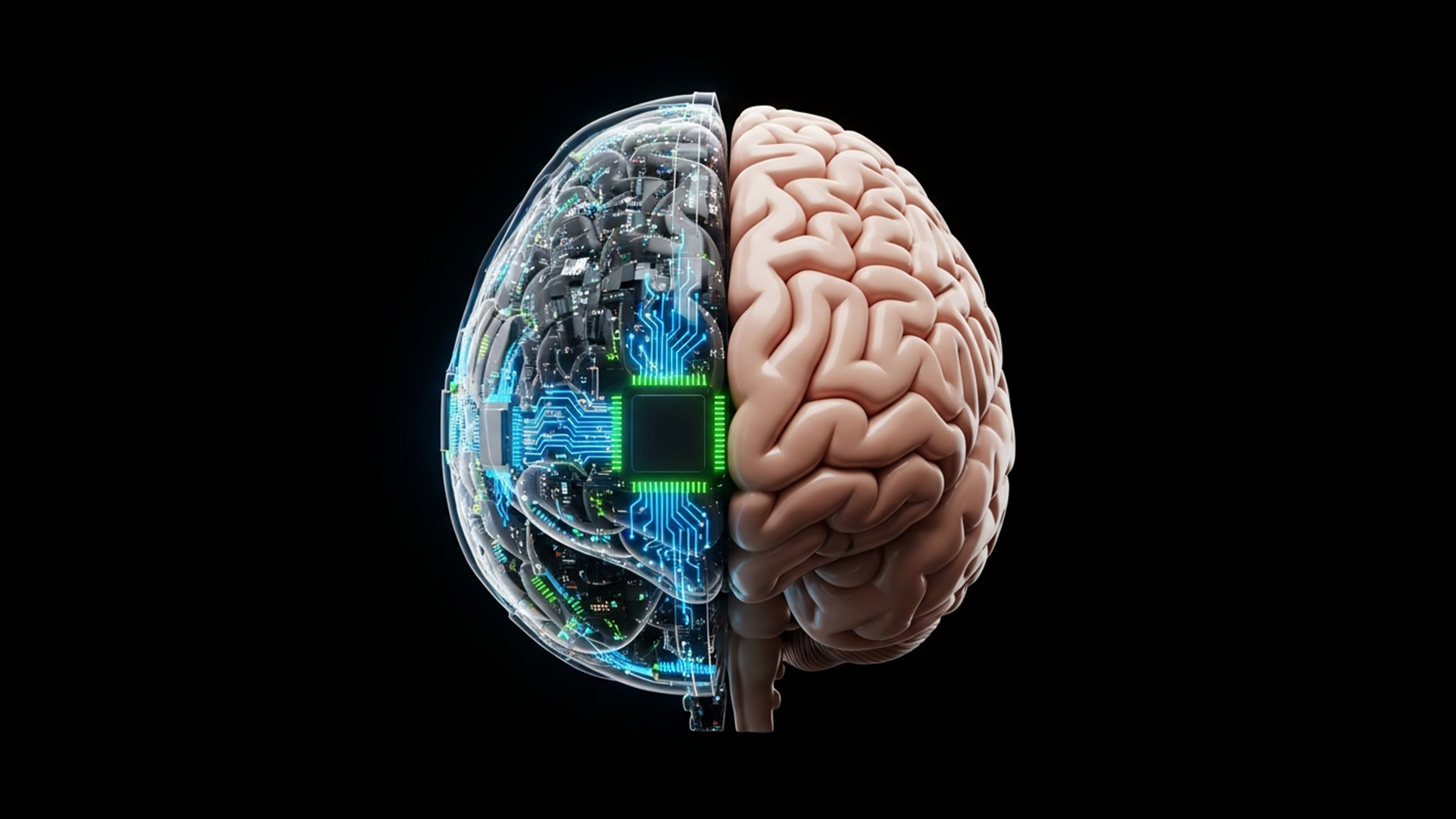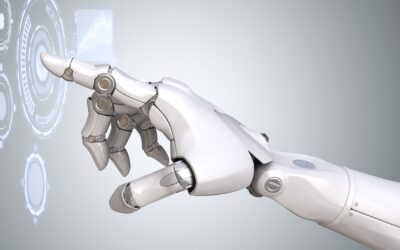When people talk about artificial intelligence, they often focus on what it might replace: jobs, processes, even creativity itself. But I’ve come to believe that the real story is not about replacement at all. It’s about relationship and leverage. Specifically, the relationship between human cognition and the extraordinary, mechanical left brain we’ve now built for ourselves. Much like a bike enables us to move much faster with our own legs, AI has the potential of amplifying our brain power if we use it deliberately and with intent.
The concept of Advanced Chess offers a powerful metaphor for this. In the late 1990s, grandmaster Garry Kasparov introduced the idea of humans partnering with chess engines rather than competing against them. What emerged was astonishing: not man or machine, but man with machine proved unbeatable. A relatively average player who knew how to guide the AI and who could see patterns, set direction, and interpret nuance, could outperform even the most powerful standalone algorithm. The differentiator wasn’t raw computing power. It was the human’s ability to think strategically, to make sense of context, and to continuously learn from the machine itself. Furthermore, in any combination of players, human + AI comes out on top; and as AI power is easily replicable, the X-factor is the human, not the AI.
This, to me, is the future we’re all standing in front of right now. AI, for all its dazzling precision and speed, can be scaled infinitely. Every model, every algorithm, every prompt process can be copied or improved upon. What can’t be scaled is you, the individual. You can connect ideas, interpret contradictions, and see meaning where data only shows patterns. Just as the chess player can improve by playing against and with AI, we can sharpen our own thinking by engaging deeply with these new tools rather than fearing them.
In his book The Master and His Emissary, Iain McGilchrist describes the right hemisphere of the brain as the master, responsible for big-picture thinking, creativity, and holistic understanding. The left hemisphere as the emissary, the executor that brings the master’s vision into action. Both are necessary, but in balance. Strategy without execution is hallucination; execution without strategy is chaos.
When I look at the world of AI today, I see an enormous, collective left brain. Every model, from the smallest open-source engine to the largest frontier system, is brilliant at executing. It can analyze, iterate, and synthesize information at a scale no human could dream of. But it lacks something crucial: intent. It doesn’t form a worldview, set priorities, or establish meaning. In other words, AI is an extraordinarily capable emissary, but humanity must remain the master and the two must work closely to achieve the true potential of the other.
That’s where our work lies. If AI represents a global left hemisphere, then our role is to strengthen the right. To think more deeply, imagine more boldly, and articulate more clearly. To develop the ability to see the whole board before deciding what move to make.
What’s fascinating is that AI itself can help us do this. Every prompt, every iterative conversation, every act of refining a thought through a dialogue with an intelligent system can make us more self-aware. It’s like having a thinking partner who mirrors your reasoning, challenges your assumptions, and helps you recognize where your understanding is shallow or fragmented. Over time, if you engage intentionally, AI doesn’t just produce answers, it cultivates better questions.
Northwestern’s Kellogg School of Management recently reimagined its MBA case study process using AI. Students now use AI tools not to shortcut their thinking, but to deepen it by exploring multiple perspectives, testing strategic ideas, and refining their judgment. That’s exactly the kind of learning our era demands. The goal isn’t to teach people how to out-compute machines, it’s to teach them to direct computation toward meaningful ends.
This mindset shift from doing to directing, from executing to envisioning is the essence of personal transformation in the AI age. It’s not about mastering every tool or chasing the next model update. It’s about mastering the art of synthesis: how to translate complex systems into coherent strategy, how to maintain clarity amid abundance, and how to use these tools as amplifiers of insight rather than substitutes for it.
But to be able to direct, we must be able to do as well. That’s why, coming back to the chess analogy, we don’t need to be grandmasters, but we need to understand the game. In software development, we don’t need to be crack coders, but we need to understand data structures, algorithms and the flow of logic. And AI can help us become good at doing so we can become great at directing.
If enough of us develop that capacity, our collective systems of education, business, and governance will naturally evolve. Because institutions, after all, are just reflections of our norms and values. When individuals learn to partner with AI through curiosity and discernment, rather than compliance or fear, the systems they lead begin to reflect those same qualities.
I think of this as having the right brain for the AI age learning to integrate imagination, ethics, and meaning into a world overflowing with left-brain precision. Each of us can start small: by asking better questions, framing problems more broadly, and using AI not just to find answers but to sharpen our own judgment.
The machines will keep getting faster. That’s inevitable. Our task is to get wiser. To see further, think deeper, and lead with intention. Because in this new form of advanced chess we’re all now playing, the best moves will always come from the human who knows how to see the whole board.
Pavan Muzumdar is chief operating officer of Automation Alley, responsible for facilitating smooth functioning of the organization and enabling execution of strategic goals. Blending his 20-plus years of experience in executive leadership roles with his love of financial analysis and entrepreneurial endeavors, Muzumdar brings a people-focused, fundamentals-based analytical approach to his work.




